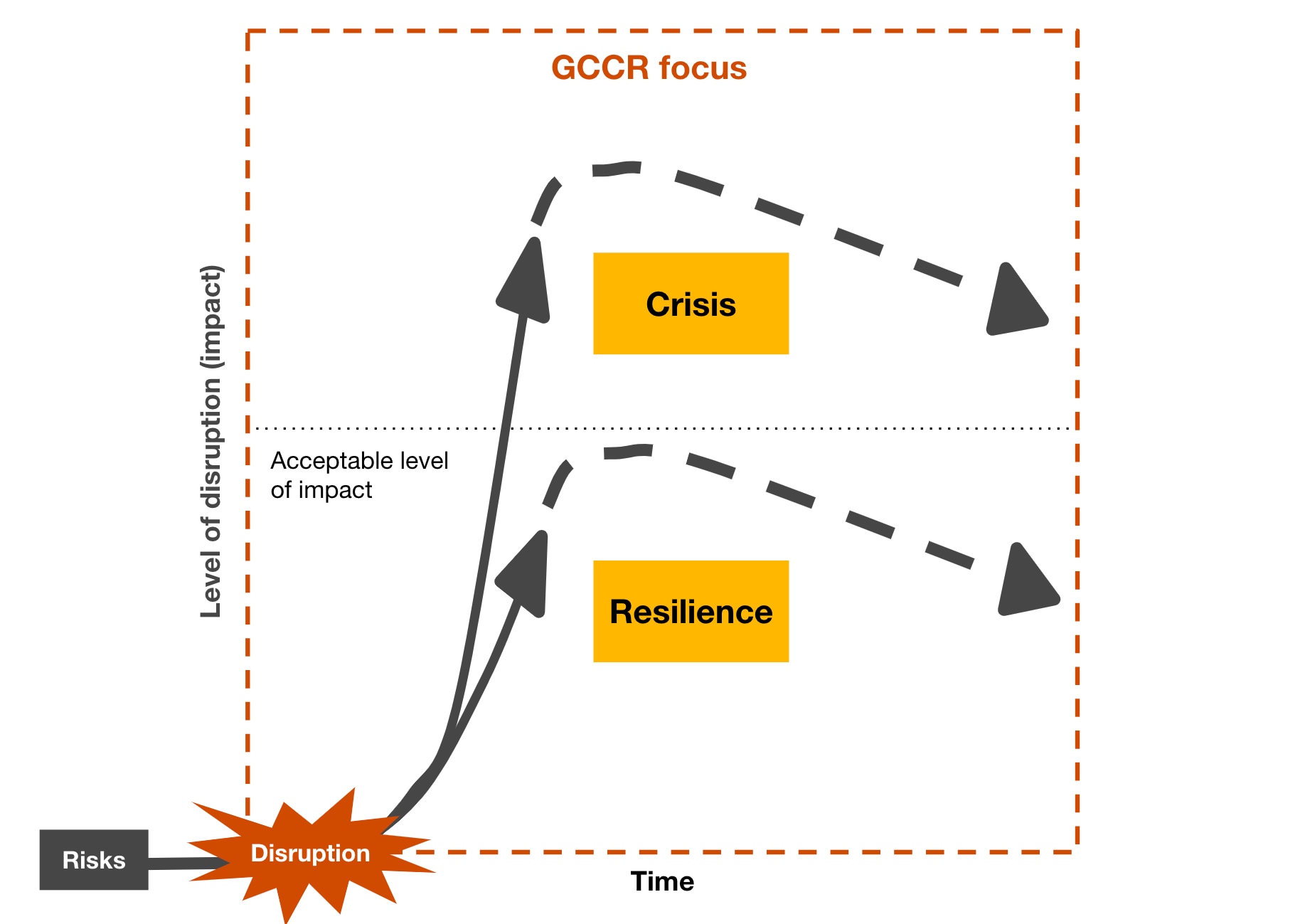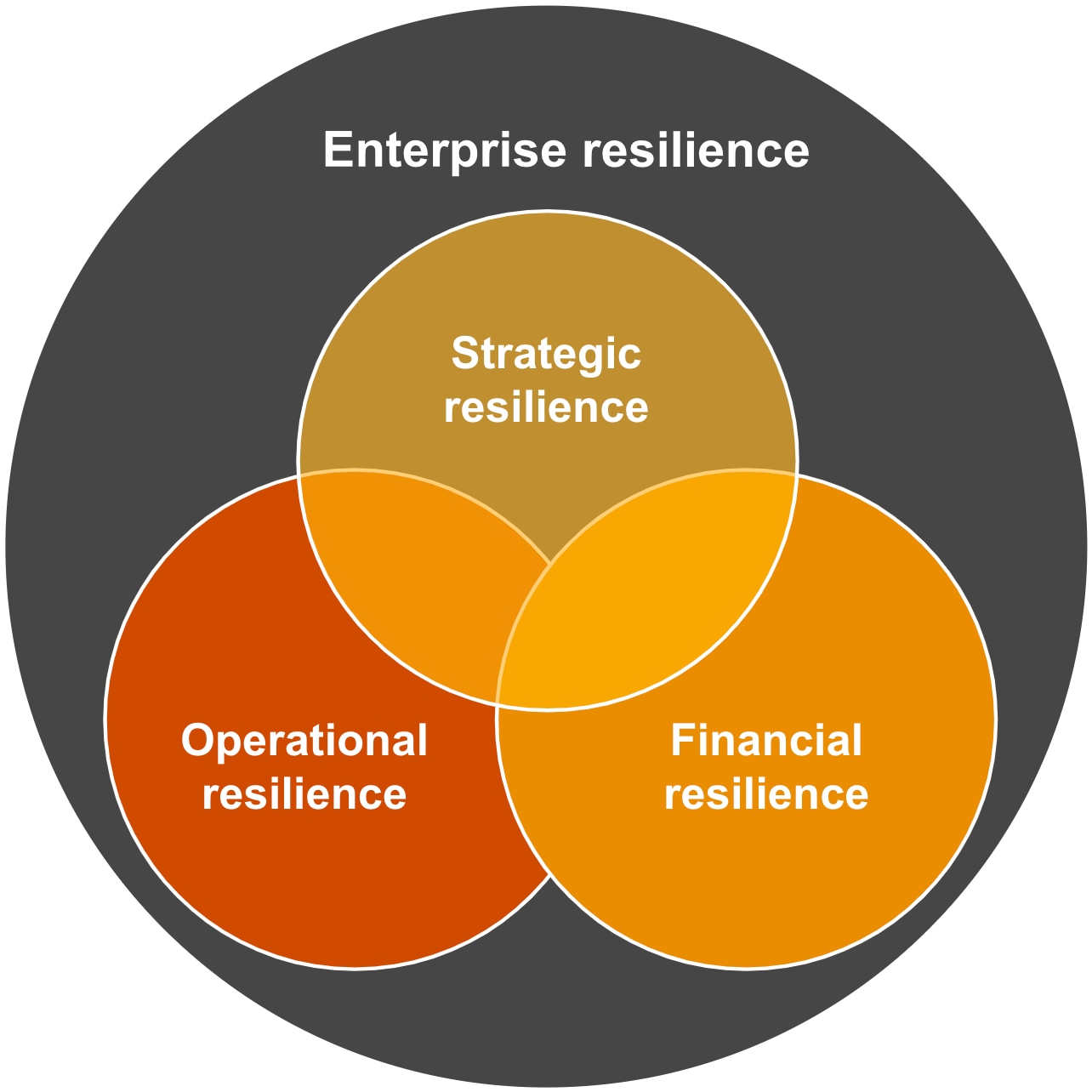We help you adapt faster and recover stronger so you can turn disruption into fuel for growth
PwC’s Global Centre for Crisis and Resilience

Business resilience and crisis management services
Business leaders understand that the world is now in an era of ‘permacrisis.’ All companies today are facing a more complex risk landscape and increasing threat of business disruption—and most will experience a crisis as a result. Organisations that aren’t adequately prepared and/or lack an integrated resilience programme—including core operational resilience capabilities such as business continuity, emergency response, and technology, supply chain, and cyber resilience—face potentially catastrophic consequences as a result.
Welcome to PwC’s GCCR from co-leaders Dave Stainback (US) an
Welcome to PwC’s GCCR from co-leaders Dave Stainback (US) and Bobbie Ramsden-Knowles (UK)
Connecting risk, resilience and crisis
We are now exposed to an unprecedented number of complex risks—from regulations to cyber threats, supply chain disruption to geopolitics to climate change—all of which are driving factors for disruption.
The purpose of resilience is to have measures in place which will enable an organisation to withstand or absorb those risks, should they materialise, and where this is not possible, respond appropriately to minimise the impacts and remain within pre-defined tolerances. Every critical component, system, service, process or activity should be resilient, recoverable or have continuity plans in place.
When, however, a disruption impact exceeds the acceptable level of impact for an organisation, it becomes a crisis. In a crisis, resilience plans may be overwhelmed and the tolerable levels of impact may be breached. A crisis management capability should provide a flexible and dynamic approach to enable an organisation to manage unforeseen disruptions, continue to deliver its strategic aims, and return to a viable operating state in these conditions of extreme uncertainty.

Crisis management and resilience services
PwC’s Global Centre for Crisis and Resilience has a tested and proven methodology of preparing and responding to crises as well as building resilience for all types of organisations.
Crisis and resilience thought leadership

Emerge stronger through disruption
As businesses experience disruption, how they respond can determine their ability to recover and emerge stronger. In each episode of our series, PwC specialists discuss the challenges and opportunities facing business leaders in today’s environment of global uncertainty.
















